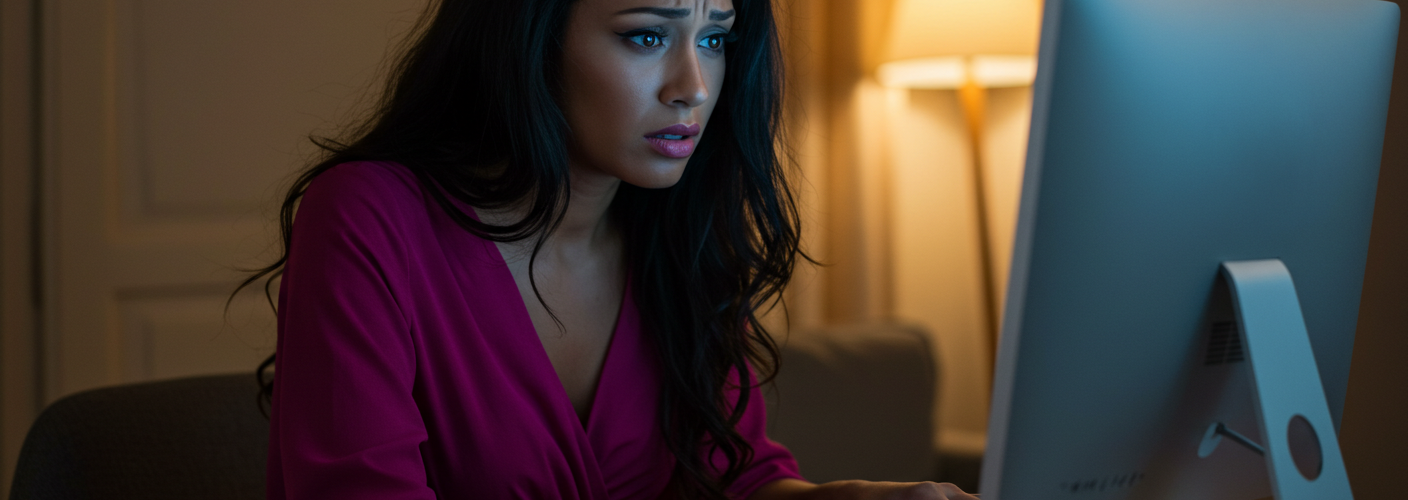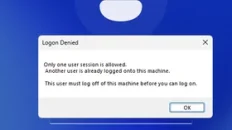Understanding the Windows Update Issue: Why Now?
For many users, navigating Windows updates can sometimes feel like traversing a minefield. Recently, a Windows update issue that had previously plagued numerous users, including myself, has resurfaced in the headlines, prompting questions about its wider implications and the timing of its renewed media attention.
Several months ago, I faced a particularly frustrating Windows update issue that led me to resort to drastic measures to resolve it. After attempting various troubleshooting steps without success, I eventually decided to format my boot drive using my dad’s Mac and reinstall Windows (version 23H2). While this solution worked for me, I couldn’t help but wonder why news outlets were just now covering the update issue I had already experienced.
Firstly, it’s essential to recognize that technology news often operates on a different timeline than user experiences. While individual users might face issues and resolve them independently, it sometimes takes time for the media to gather enough reports and detailed analyses from multiple users or experts. This means that just because an issue is widely reported now doesn’t necessarily reflect a new problem; it might simply be a culmination of shared experiences that have only recently been documented in the media.
Moreover, the nature of the Windows environment itself can contribute to when an issue gains traction in public discourse. Windows updates are rolled out incrementally across various devices and configurations, meaning not all users encounter the same problems simultaneously. Some might experience a glitch early on, while others might have a flawless experience until termed an update or configuration change triggers the problem. This staggered timeline can lead to delayed reports on issues that could have been prevalent earlier among a smaller subset of users.
In addition, as users began to explore the newer features and functionalities that come with the latest updates, issues that are associated with them might also come to the forefront. As more users adopt Windows 23H2 and report their experiences, the media picks up on these stories, creating a ripple effect that brings prior issues back into the limelight.
It’s also worth noting that when media outlets cover such updates, they’re not only reporting on bugs or impactful errors—often, they’re looking to provide context, analyses, and expert opinions on these issues to guide users through understanding the complexities involved. This might include insights from tech experts, analysis on how widespread the issue is, and what preventive steps users can take to mitigate similar problems.
Finally, social media and user forums amplify the voices of those experiencing problems, adding to the urgency and relevance of the conversation. An issue that may have seemed localized at first can quickly gain traction as users share experiences and solutions, leading to a resurgence of media interest.
In conclusion, although I resolved my update issue months ago, the renewed attention highlights a broader discourse on the challenges of software updates and their potential pitfalls. What might seem like an isolated inconvenience can resonate with a larger audience, prompting discussions that ultimately serve to educate and support the community. So, while I may have moved past my issue, I recognize that many others are still navigating similar obstacles, making the focus on Windows updates relevant across the tech landscape.





Add comment